
Introduction
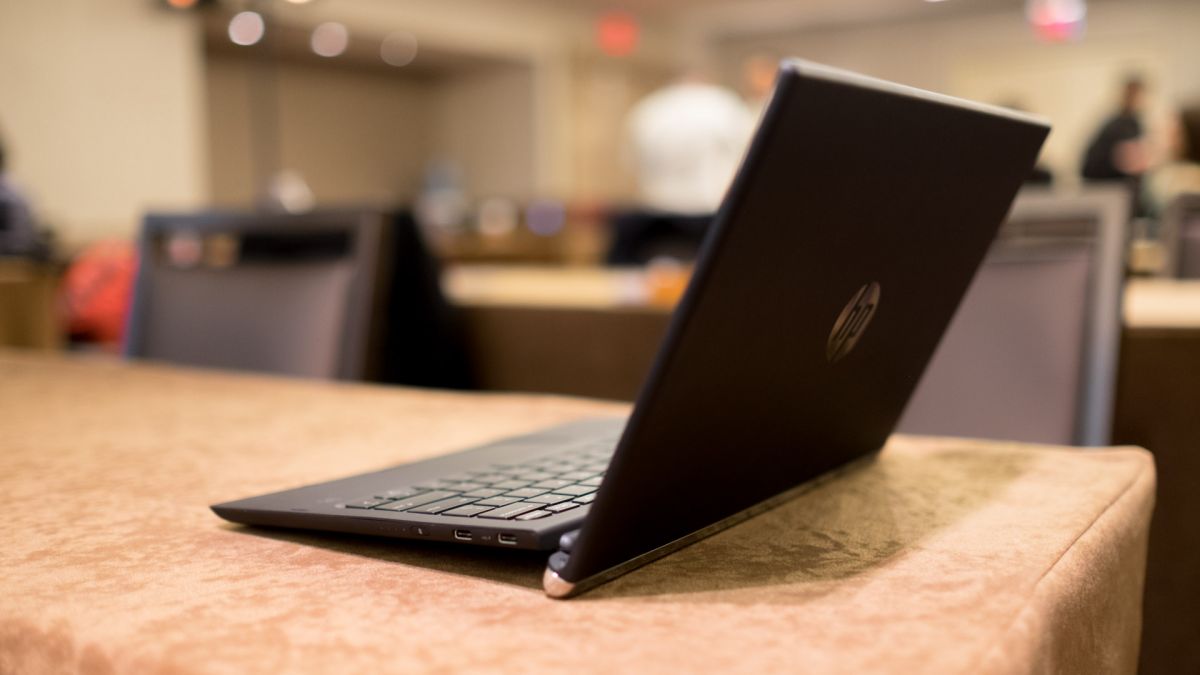
MWC is the best convention in the world if you’re into smartphones. As it turns out, Barcelona’s tech-fest is also a grand time if you’re not into smartphones, partly thanks to a bunch of nifty computing products hitting the show floor this year.
So, come on: put down that phablet, grab a mouse and check out the most killer computing products to emerge from MWC 2016.
1. Huawei Matebook
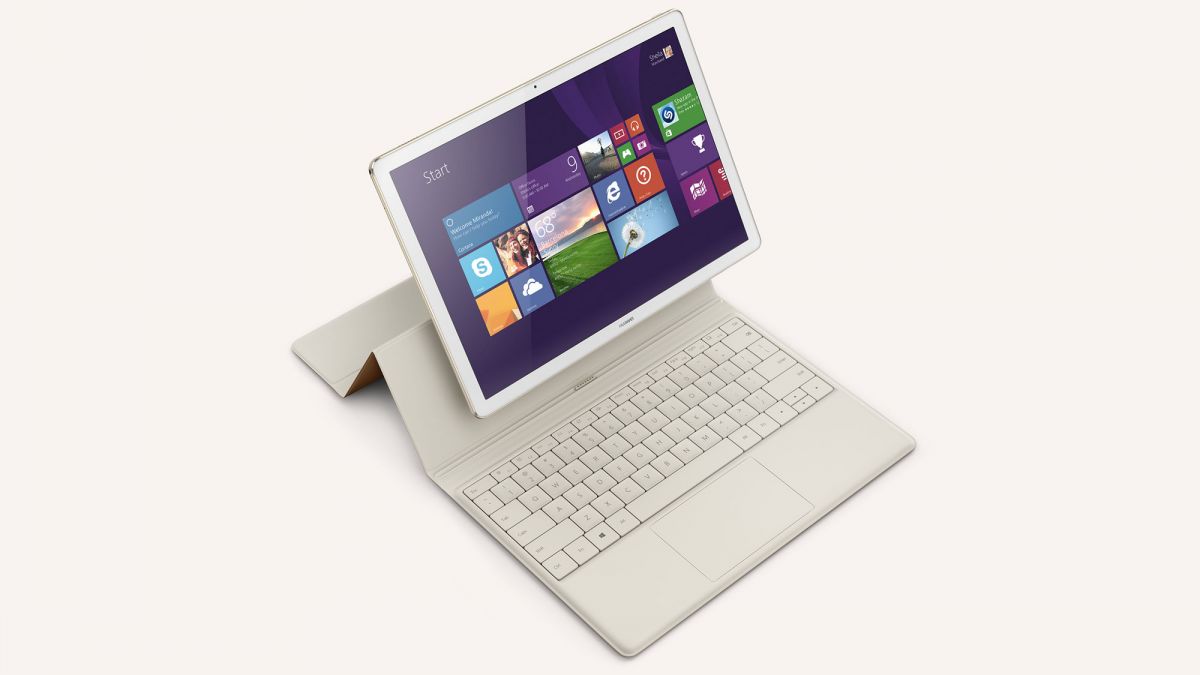
Huawei? Launching a Windows convertible? More like, “No way!” It’s true: the Chinese smartphone giant has made its first Windows 2-in-1, and it’s looking rather lovely.
Featuring a raft of future-gazing tech, such as a USB Type-C port, fingerprint reader, QHD-resolution display and digital stylus packing 2,048 levels of pressure sensitivity AND an eraser, the Matebook has enough going for it to give Microsoft’s Surface Book a run for its money.
The Matebook’s Core M processor makes it a closer competitor to Microsoft’s cheapest Surface Pro 4, and once you’ve ogled its smartphone-thin chassis, you might be prepared to accept a little less power under the hood.
2. HP Elite x3

With Windows 10, Microsoft wants your phone to act as your PC. HP is putting its own on spin on the concept with its Elite x3, a phablet-sized Windows phone with a 5.96-inch display.
Like Microsoft’s Lumia 950 and 950XL, you can hook it up to a monitor along with peripherals to get a desktop-like experience. However, HP is also offering the massive handset with a 12.5-inch laptop called the Mobile Extender.
The x3 connects to the peripheral using WiGi and Miracast wireless tech to display the Windows desktop on its 1,920 x 1,080-pixel display. It’s bound to be a more affordable way of using Windows on the go than buying a separate laptop, and we’re keen to find out if it’ll offer any benefit in terms of battery life.
3. HTC Vive
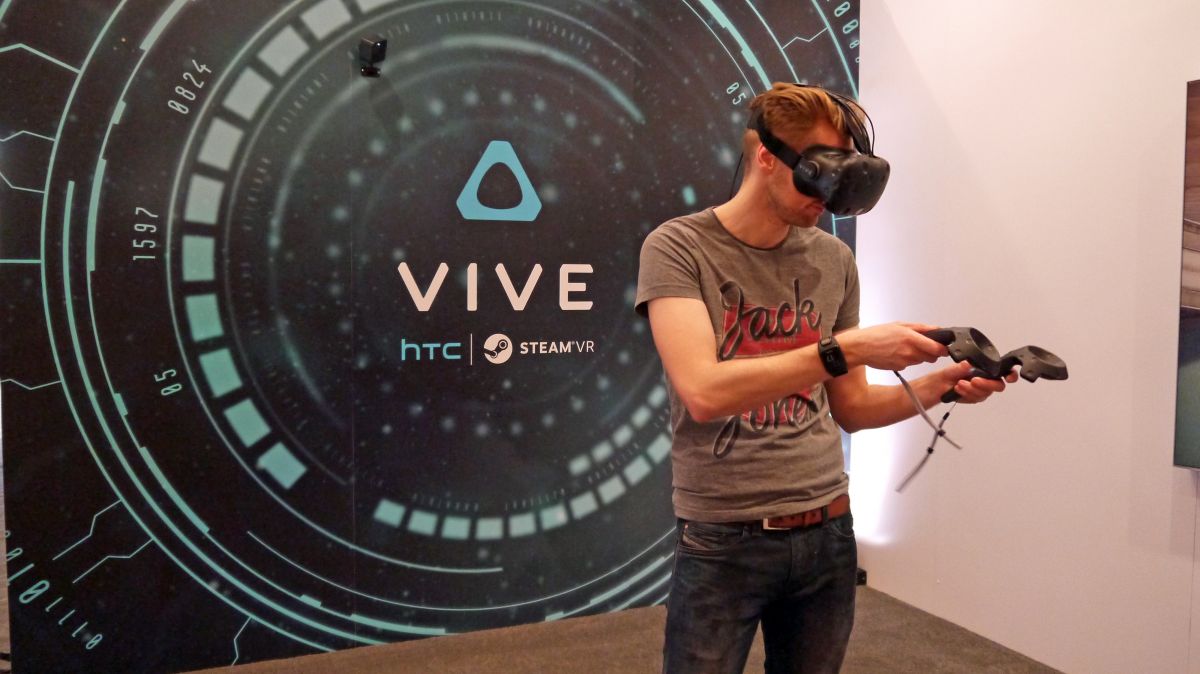
If you’ve been tuning in to virtual reality, you’re already familiar with the HTC Vive. This year’s MWC finally saw the headset’s price tag revealed, and it’ll set you back a cool $799 (around £550, AUS$1,115).
Orders start February 29, with shipping to start on April 1. HTC also told us about one of the Vive’s newest features, Vive Phone Services, which lets you make and receive calls using the headset’s built-in microphone.
The service also lets you send messages and check calendar updates through the headset, removing the need to take your smartphone out of your pocket when it goes off. The announcement leaves just one question for high-end VR enthusiasts: Oculus, Vive or hold out for Playstation VR?
4. Imagination PowerVR GR65000 GPU
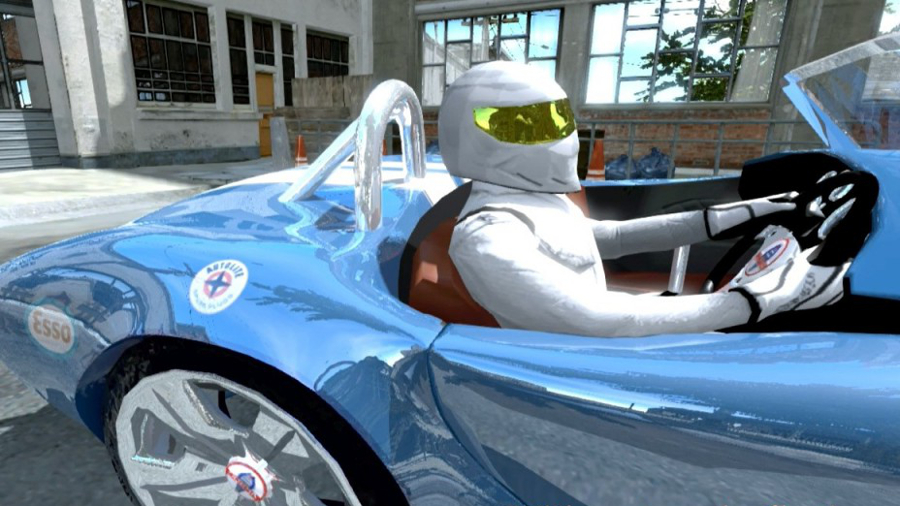
Processor maker Imagination thinks you deserve a better gaming experience on your smartphone than what you have today. The company reckons it can deliver one through its new PowerVR GR6500 GPU, a chip small enough to slip into mobile devices.
Imagination has been talking up the chip’s capabilities in Barcelona, and it’s all down to a programming trick called ray tracing. By using it, reflections, shadows, lighting and other visual tricks are rendered on-the-fly, removing the need for programmers to spend time baking them into games manually.
The result is gorgeous-looking games running on smaller devices such as smartphones and tablets, giving you one fewer reason to get your gaming fix from a console or PC. How the times are a changin’.
5. Panasonic FZ-F1
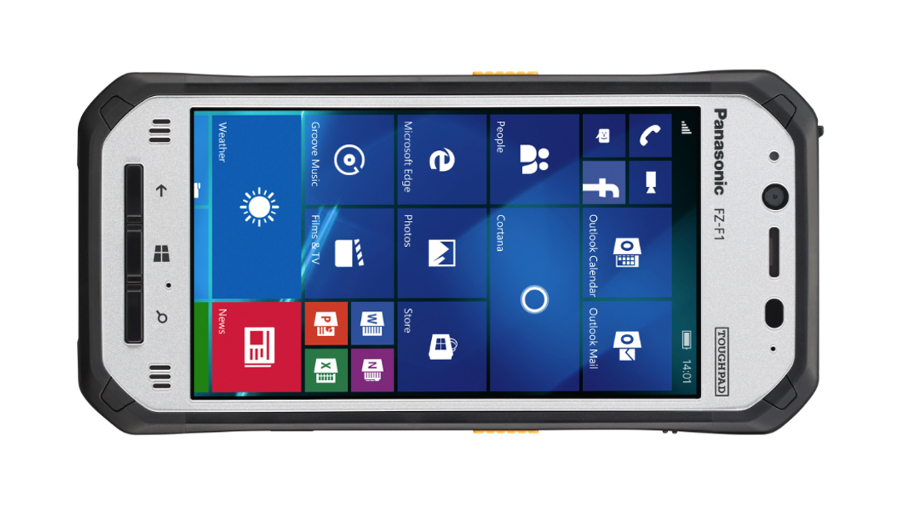
It’s tiny – it’s a tablet! And it’s also hard as a rock, so don’t call the Toughpad FZ-F1 any names. Panasonic’s 4.7-inch device is designed to be a highly portable (and practically indestructible) Windows 10 tablet used for business.
Weighing less than 280 grams, Panasonic is aiming the device at couriers and warehouse operators (thanks to its barcode scanning capabilities), in addition to workers in retail and manufacturing, and the emergency services. It’s something of a Skype warrior, too, thanks to three onboard microphones that pack noise suppression tech. Its connectivity options include a micro USB port, micro SD card slot and dual micro SIM slots.
It’s not the most conventional choice, but if you need a small, robust and durable tablet for using outdoors, there’s nothing stopping you using the FZ-F1 outside of business environments too. Just don’t expect it to come cheap.
6. Remix OS Beta
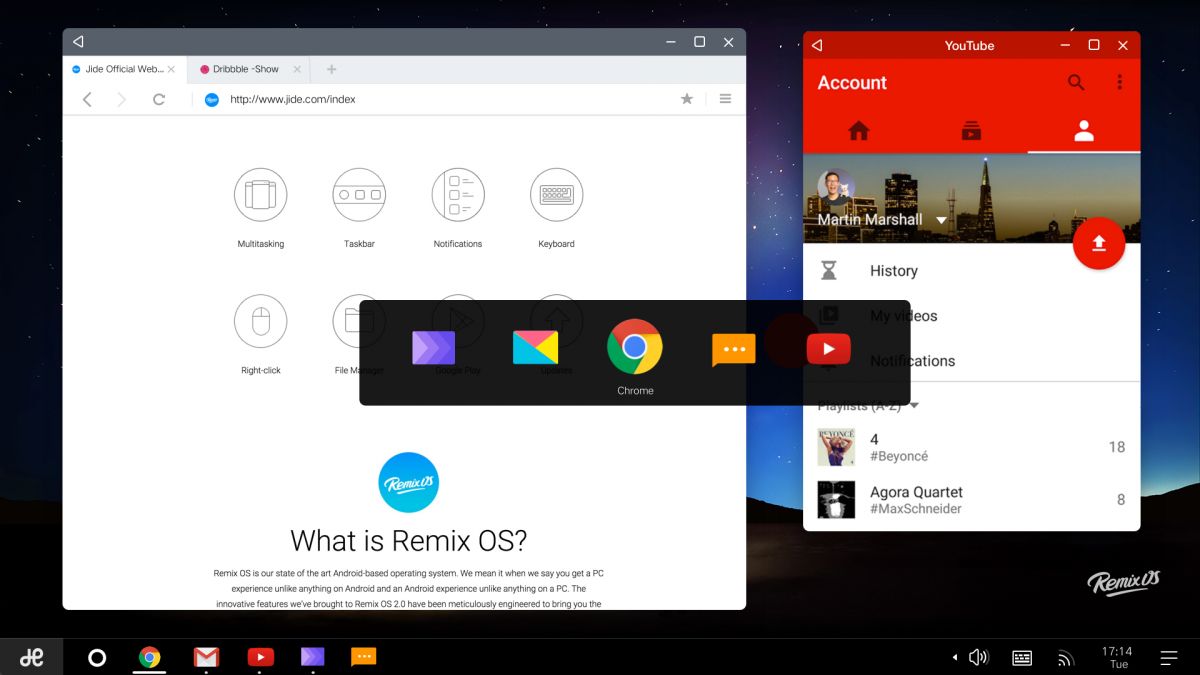
Android is arguably one of the best operating systems for consuming media, but it’s not so hot when it comes to content creation and being productive.
Remix OS looks to change that by introducing features such as multiple floating windows, a file manager and 32-bit system support – and it lets you use your existing keyboard and mouse. Google’s Play Store isn’t short on productivity apps – from Microsoft Word to Photoshop Express – and Remix OS could give them a new lease of life.
Announced at MWC, the Beta version is set to race out of the traps on March 1 with support for over-the-air updates. Suddenly I’m looking at Google’s Pixel C in a whole new light…
Source: techradar.com








































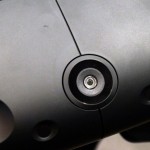
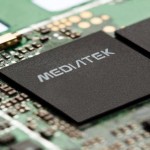


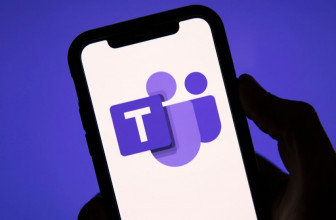
I like the HP Elite X3. I think this is a great idea. I can definitely see a fit for people that are always travelling. As explained in the article it's cheaper than buying a phone and a PC but it's also lighter and from a device management perspective you only have one device to manage and secure.
I can see myself taking this on holiday and use the mobile extender to watch movies, look at my pictures or work without the need to bring my laptop.
We all have plenty of devices and what Microsoft did with the Surface was a great idea. HP is now doing similar with phone and PC. It still cannot run x86 apps but with access to the network and Workspace, Remote Desktop or TeamViewer we have everything we need. Next steps is the same but offline.
It's a 2-in-1.
Laptop and Tablet. It runs Windows 10 :-|.
Stop calling the matebook a 2-in-1 or convertible, it is neither; it is just a tablet with a bundled keyboard cover.
There's still no market for a Phone that turns into a PC.
You might regret saying that one day. The trend is only going one direction where these handheld devices are getting more and more powerful while the computing needs of office based work has remained stagnant since Windows XP. The gap isn't that great anymore and one day they will catch up. Why not have everything on one device?
BTW, there wasn't a market for tablets when the iPad arrived.
There's still no market for a Phone that turns into a PC.
Or a market for that forces Android apps into Windows and in many cases will force them poorly.
Android apps are by dumbed down by their nature so if you require a Windowed environment you'd be better off with a Windows hybrid that offers Desktop level apps.
Besides both iPad and Galaxy Tab already support Apps side by side which is a good compromise for something you won't use very often.
I don't know in the case of IOS but Galaxy Tabs let you resize the windows so one app can take up most of the screen.